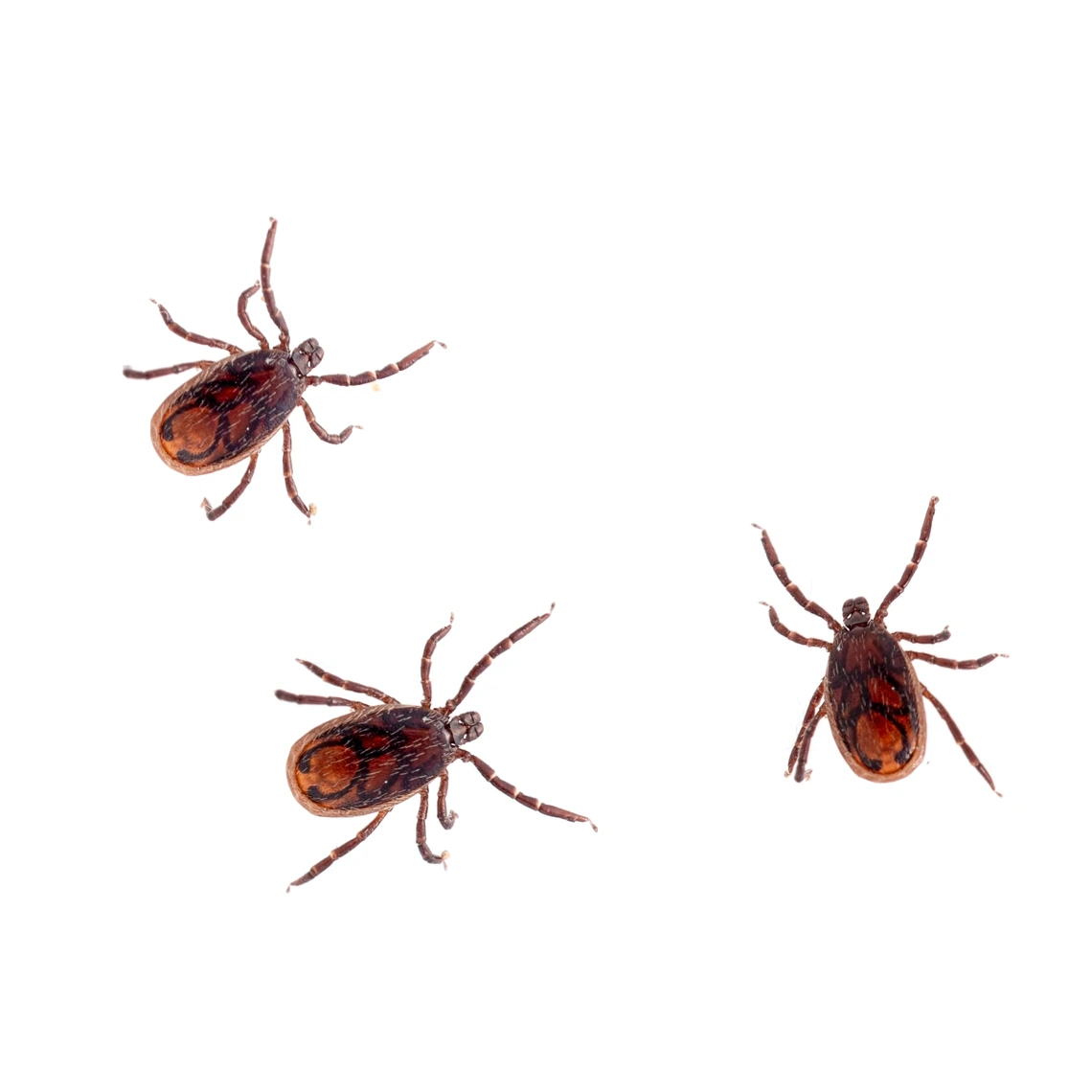Great Arizona Tick Check
Overview
The Great Arizona Tick Check is a collaboration between the UArizona Cooperative Extension and the Arizona Department of Health Services. The effort will help researchers at the University of Arizona build the first-ever database of tick distribution and correlated diseases in Arizona. The research team is collecting ticks from known areas of tick activity and from animal shelters and community rabies vaccination events. We are also requesting ticks from anyone in the state who finds ticks on themselves, their animals or just in the environment. We will identify the ticks and give the sender more information about possible health risks and tick control options.
Learn About Ticks
Quick Guide to Rocky Mountain Spotted Fever
What to do if you find a tick and the signs and symptoms of rocky mountain spotted fever.
Garrapatas marrones del perro y las enferemedades por rickettsias en la población
Las garrapatas marrones del perro pasan la mayor parte de su vida descansando en lugares protegidossin aún subirse al que será su animal hospedero.
Research on Ticks and Rocky Mountain Spotted Fever
Learn how the brown dog tick is driving epidemics of Rocky Mountain spotted fever (RMSF) in Arizona and northwest Mexico.

Send Us Ticks
Help create an accurate map of tick species in Arizona and the diseases they carry! Join the Great Arizona Tick Check effort by learning how to spot ticks, safely remove them, and how to send them to University of Arizona researchers.

